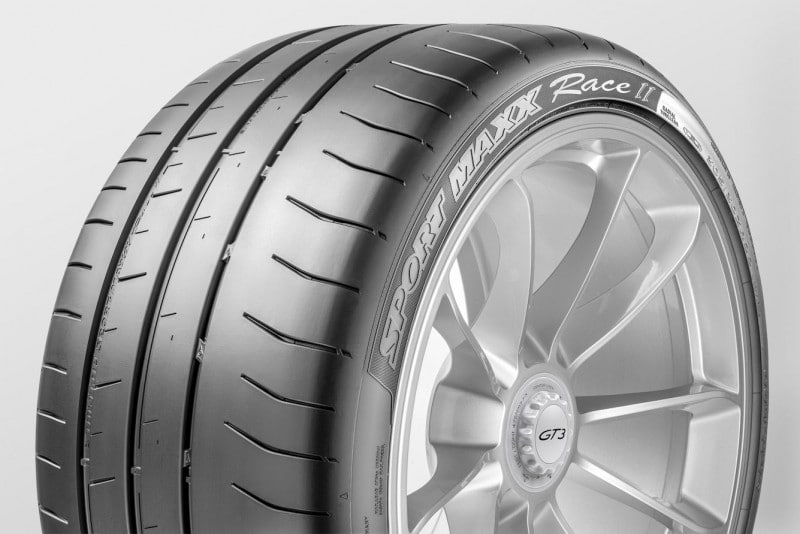All Categories
Featured
Table of Contents
The Michelin offered a comfortable driving experience, characterised by receptive steering and a progressive understeer equilibrium. Regardless of the cooler screening conditions, Michelin's consistent time and hold over three laps indicates its suitability for real-world applications.
The tyre's initial lap was a second slower than the 2nd, aiming to a temperature-related hold increase. For daily use, the Michelin could be a more secure bet.
Honest Tyre Rotation Services – Malaga
It shared Michelin's safe understeer equilibrium however did not have the latter's desire to turn. Continental and Goodyear's efficiencies were notable, with Continental's new PremiumContact 7 revealing a substantial enhancement in damp problems contrasted to its precursor, the PC6. This model was far less delicate to fill changes and acted much like the Michelin, albeit with a little much less communication at the limitation.
It incorporated the secure understeer balance of the Michelin and Continental with some stylish handling, proving both foreseeable and quick. As an all-rounder for this Golf GTI, Goodyear's Asymmetric range was the standout, demonstrating outstanding efficiency in the damp. Ultimately, the Bridgestone Potenza Sporting activity took the crown as the fastest tyre, albeit by a small margin.
This tire got grippier as it heated up, similar to the Yokohama. Drivers seeking an amazing wet drive may discover this tire worth thinking about. The standout entertainer in damp stopping was the newest tire on examination, the PremiumContact 7, though the outcomes are nuanced. We conducted damp braking tests in 3 various means, two times at the brand-new state and when at the worn state.
Top Tyres – Malaga WA
Ideally, we wanted the cold temperature examination to be at around 5-7C, but logistical delays meant we examined with a typical air temperature of 8C and water at 12C. While this was cooler than conventional test problems, it was still warmer than real-world problems. The cozy temperature level examination was done at approximately 18C air and 19C water.
The third run entailed wet stopping examinations on worn tires, specifically those machined to 2mm with a little encounter. While we intended to do even more with these worn tyres, weather condition constraints restricted our screening. It's worth noting that damp stopping is most critical at the worn state, as tyres generally enhance in completely dry problems as they use.

Nevertheless, it shared one of the most substantial efficiency decrease, together with the Yokohama, when put on. Bridgestone, Goodyear, and Michelin saw the least efficiency decrease when used. However, Bridgestone and Goodyear's performance dipped in cooler conditions. The Hankook tyre signed up the tiniest performance decrease as temperature levels cooled down, however it was amongst one of the most influenced when used.
Top Budget Tyres
The take-home message here is that no solitary tire mastered all aspects of damp stopping, suggesting a complicated interplay of variables affecting tire performance under different problems. There was a standout tire in aquaplaning, the Continental finished top in both straight and bent aquaplaning, with the Michelin and Goodyear also very good in deeper water.

Yokohama can profit from a little more hold, an issue potentially affected by the colder conditions. When it comes to taking care of, all tires done within a 2% range on the lap, demonstrating their top quality efficiency (Premium tyre selection). Thinking about these tires essentially target the very same consumer, it's intriguing to observe the significant differences in feel.
The shock is due to the fact that the PremiumContact 6 was one of my favourites for flashy completely dry drives, however its successor, the PremiumContact 7, appears elder and resembles Michelin's efficiency. Among these, Hankook was the least specific in steering and communication at the limitation. Tyre balancing. Both Michelin and Continental offered lovely first steering, albeit not the fastest
If I were to advise a tire for a fast lap to an amateur, say my dad, it would certainly be just one of these. Then we have the 'enjoyable' tires, namely Yokohama and Bridgestone. Both were speedy to steer and felt sportier than the others, however the trade-off is a much more lively back side, making them extra difficult to manage.
Wheel Alignment Near Me (Malaga WA)
It offered comparable guiding to Bridgestone however used better comments at the limitation and better hold. The Bridgestone Potenza Sport, nevertheless, appeared to deteriorate fairly swiftly after simply 3 laps on this demanding circuit. There's Goodyear, which positioned itself somewhere between the enjoyable tyres and those having a tendency towards understeer.
All in all, these tires are superb entertainers. In terms of tyre wear, the technique used in this test is what the sector refers to as the 'gold requirement' of wear.
Both the Bridgestone and Yokohama tyres dramatically underperformed in comparison to the various other four tires in regards to rolling resistance, with Continental a little exceeding the rest. Regarding the comfort degree of the tyres, as anticipated, a lot of showed an inverted relationship with handling. The Continental, Michelin, and Goodyear tires executed finest across different surface area types tested.

Bridgestone started to reveal indicators of suppleness, while Yokohama was specifically disconcerting over pits. We did determine interior noise degrees; nevertheless, as is usually the case, the outcomes were closely matched, and due to weather restraints, we were not able to carry out a subjective analysis of the tires sound. Ultimately, we looked at abrasion figures, which determine the amount of tyre walk shed per kilometre, normalised to a one-tonne vehicle.
Reliable Wheel Alignment Services Near Me (Malaga)
This figure represents the quantity of rubber dirt your tires create while driving. Michelin led in this group, producing over 9% much less rubber particle issue.
Latest Posts
Top Tyre Packages – Swan
Trusted Tyre And Wheel Services Near Me – Alexander Heights
Honest High-performance Tyres Near Me